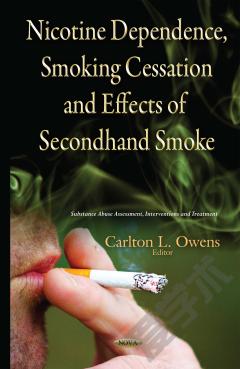Breaking Down Barriers to Care: Treatment of Tobacco Dependence in Vulnerable PopulationsRUSH
Although entirely preventable, smoking is one of the most common causes of morbidity and mortality in the United States. As a result it creates a significant financial burden on the health care system. In the text, the authors first present an evidence-based approach for providers that helps identify the most at-risk patients. They then offer specific clinical strategies for approaching tobacco cessation which are proven to be the most effective in overcoming the existing cultural or systematic barriers. Lastly, the authors propose a number of health policy recommendations which can assist with breaking down barriers to care for each cultural group and result in more effective cessation programs on the population level.
{{comment.content}}








 京公网安备 11010802027623号
京公网安备 11010802027623号